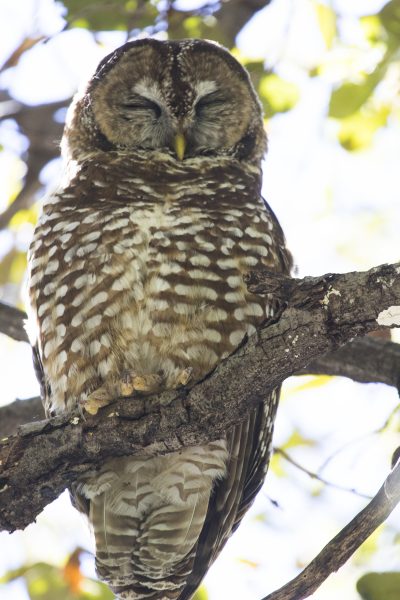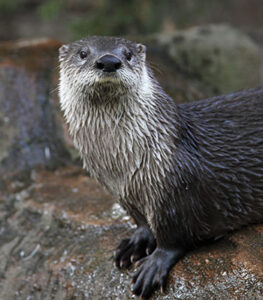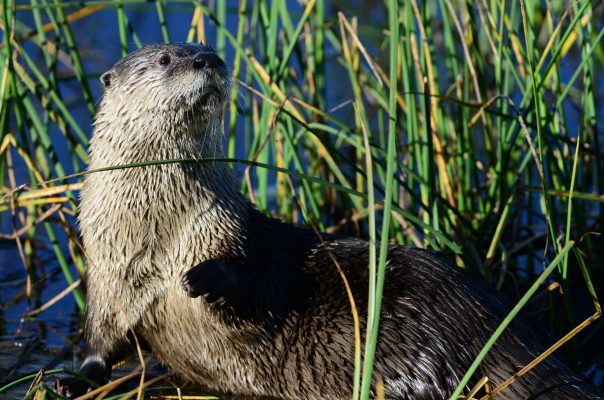November 22, 2017
The Colorado River provides drinking water to over 40 million people across seven US states and two countries, but humans are not the only ones who depend on its precious water for life. Thousands of animal species rely on the Colorado River for the water they drink, the food they eat, and the habitat they call home. And while the river itself has been named one of the most endangered rivers in the US, some of the animals that live in its waters and the ecosystems the river supports have also been impacted, and are at risk of becoming endangered.
But you can help! By choosing to conserve water and help keep the river and its riparian habitats healthy and flowing, you are helping to ensure the animals we admire and adore have a good place to live now and in the future.
Here are just three critters that call the Colorado River and its ecosystems home…ones that you can help by conserving water:
1. Mexican Spotted Owl

Photo Credit: J. Delso Photography
Ranking as one of the largest owls in North America, Mexican Spotted Owls like to make their nests in the riparian forests and steep, rock-walled canyons along the Colorado River. Mexican Spotted Owls can live to be up to 17 years old, and have the largest range of any spotted owl–living in UT, CO, AZ, NM and even West Texas. Helping conserve water for the river can help keep the habitat these big birds prefer intact.
2. North American River Otter

Recently on the brink of extinction, River Otters have been successfully reintroduced along some parts of the Colorado River, specifically in its headwaters near Rocky Mountain National Park. Adept swimmers and aquatic predators, river otters can hold their breath underwater for up to eight minutes, and can also close their nostrils and ears to keep out water. These playful creatures hunt and fish along riverbanks, require healthy riparian ecosystems full of fish and amphibians, and need abundant clean water to survive. Preservation of the Colorado River and its habitat corridors are crucial to ensuring these spunky western natives can once again be found throughout their full range along the river.
3. Colorado Pikeminnow
The Colorado Pikeminnow is no ordinary minnow, historically living as long as 40 years and growing up to 6 feet in length and 80 pounds. These fish need plentiful water at key times of the year, so ensuring adequate amounts of water flow throughout the Colorado River is an important key to full recovery. Once viewed as a “trash fish” by many western anglers, the Colorado Pikeminnow has become revered more recently as a champion of the Colorado River. Efforts to recover their populations have led to habitat conservation and increased water conservation efforts in the upper part of the river basin. Because of these recovery efforts, the Colorado Pikeminnow is now the closest to coming off the Endangered Species Act list of the four native species of fish in the Colorado River listed as threatened or endangered.
The fate of these three animals is directly tied to the fate of the Colorado River, and while they all wildlife dependent on the Colorado River water are at some risk, you can make a difference. By taking steps to reduce your water use, you can enable more water in the Colorado River and support the habitat our wildlife needs.


